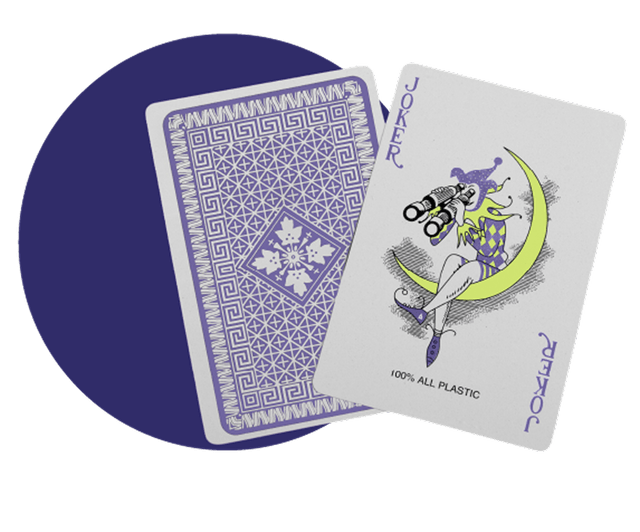
AI and the Retail Marketer’s Future
How AI transforms strategy and processes, driving the adoption of Positionless Marketing
Exclusive Forrester Report on AI in Marketing
Dynamic marketing goes beyond outdated one-size-fits-all, batch-and-blast campaigns. It uses real-time data, customer signals, and behavioral insights to adapt messages and offers, to each and every customer, on the go.
With dynamic content embedded in marketing messages, brands achieve stronger engagement, higher conversion rates, and, most importantly, more repeat purchases. These repeat purchases strengthen loyalty and serve as a critical driver of long-term revenue growth and increased customer lifetime value (CLTV).
Repeat purchases, or in other words, retaining customers, are crucial to the success and revenue of brands. Optimove Insights confirms that customer retention drives measurable Return on Investment (ROI), showing that:
This is why relevance and personalization matter for marketers and growth teams. A shopper who feels recognized, appreciated, and valued is far more likely to return, purchase again, and even recommend the brand to friends and family. Conversely, irrelevant or poorly timed communication risks churn and pushing customers away.
Dynamic marketing helps bridge this gap by making every message feel personal and well-timed, turning casual shoppers into loyal customers.
Dynamic content is the fuel that powers effective dynamic marketing. By tailoring experiences based on real-time customer data, brands can deliver timely, relevant experiences that push customers toward their next purchase.
Some examples of dynamic content include the following:
These tactics increase the likelihood of re-purchase and deepen trust by showing customers that the brand understands their wants and needs.
Building a dynamic marketing strategy requires more than just plugging in a recommendation engine. It involves aligning data, content, and automation.
Here are five steps to implement dynamic content in a brand’s marketing strategy:
Over-segmentation is a common pitfall: splitting audiences too narrowly can create unmanageable complexity and diluted impact. The key is investing in a smart CRM engine that automatically identifies the most valuable, scalable segments, ensuring campaigns stay efficient, impactful, and revenue-driven.
Poor data hygiene is another frequent challenge. Inaccurate, inconsistent, or outdated data can trigger irrelevant recommendations that damage trust and reduce engagement. Marketers ensure every decision and message is based on the most accurate, up-to-date information by continuously unifying and refreshing customer data into a single, reliable source of truth.
Timing is equally critical. Even the most relevant message can miss the mark if delivered too early or too late. Effective dynamic marketing requires real-time orchestration to ensure every communication reaches the customer at the right moment — when it’s most likely to inspire action.
Marketers avoid complexity traps by combining advanced data insights, real-time orchestration, and self-optimizing campaigns and deliver personalized experiences at scale.
Dynamic marketing is as much about execution as it is about strategy.
To maximize results, try the following:
#1. Prioritize personalization over automation alone - Automation saves time, but true impact comes from personalization. Customers notice when a brand puts effort into recognizing their preferences.
#2. Ensure cross-channel consistency - Align email, web, mobile, and social channels. A customer should see a seamless journey rather than disconnected touchpoints.
#3. Regularly refresh content and logic rules - Dynamic campaigns aren’t “set and forget.” Update product recommendations, offers, and triggers to stay relevant as customer needs evolve.
Dynamic marketing empowers brands to turn every customer interaction into an opportunity for repeat business. By combining unified data, intelligent segmentation, dynamic content, and real-time triggers, marketers can foster loyalty, boost revenue, and build lasting customer relationships.
This is where Optimove comes in. As the leader in Positionless Marketing, Optimove gives every marketer the power to analyze data, create personalized content, and optimize campaigns instantly, without waiting on engineering, creative, or analytics teams.
With Optimove’s dynamic marketing capabilities — from AI-powered segmentation to real-time personalization and self-optimizing journeys — brands can ensure that relevance always drives revenue.
For more insights on Optimove’s dynamic marketing capabilities, contact us to request a demo.
Exclusive Forrester Report on AI in Marketing
In this proprietary Forrester report, learn how global marketers use AI and Positionless Marketing to streamline workflows and increase relevance.


Writers in the Optimove Team include marketing, R&D, product, data science, customer success, and technology experts who were instrumental in the creation of Positionless Marketing, a movement enabling marketers to do anything, and be everything.
Optimove’s leaders’ diverse expertise and real-world experience provide expert commentary and insight into proven and leading-edge marketing practices and trends.


